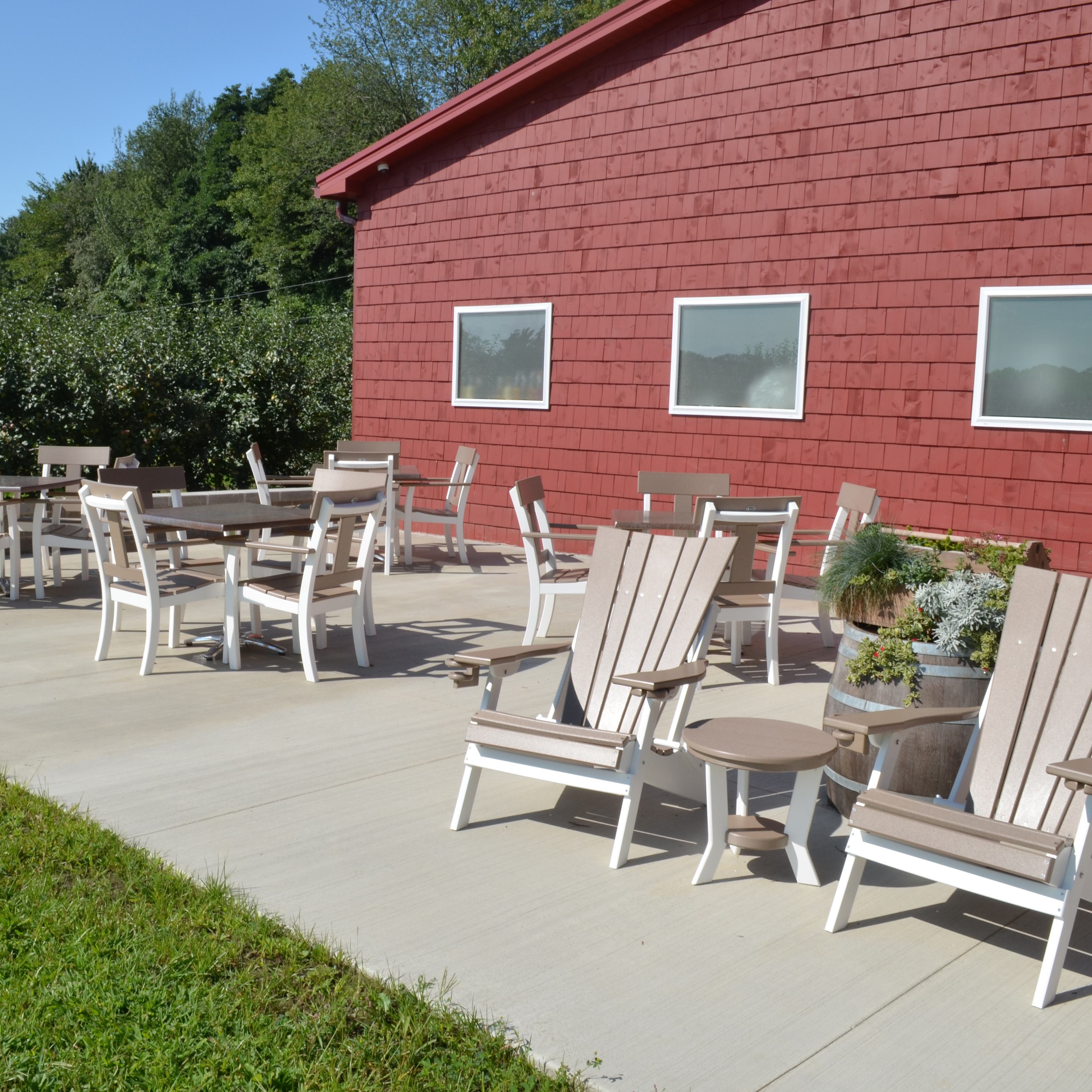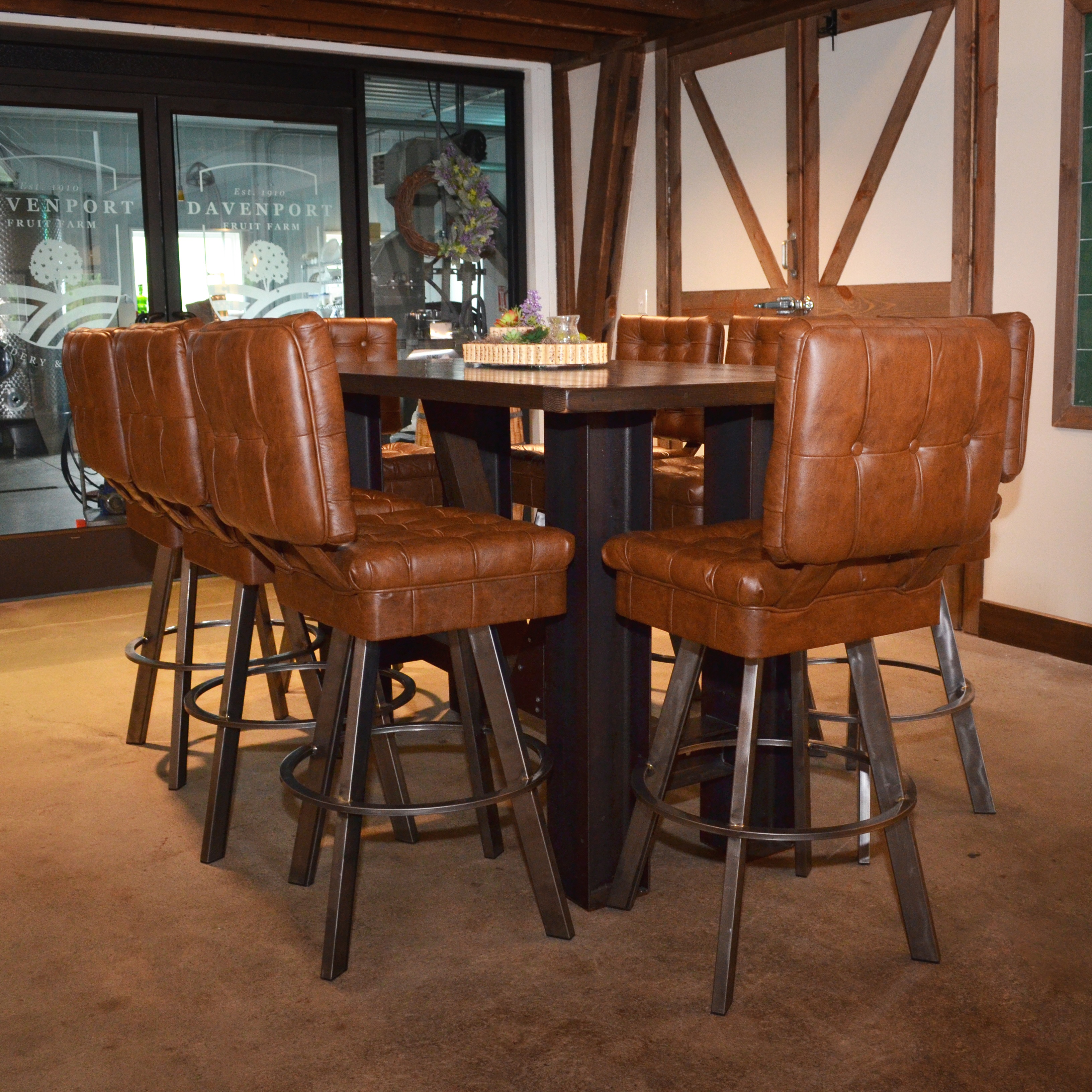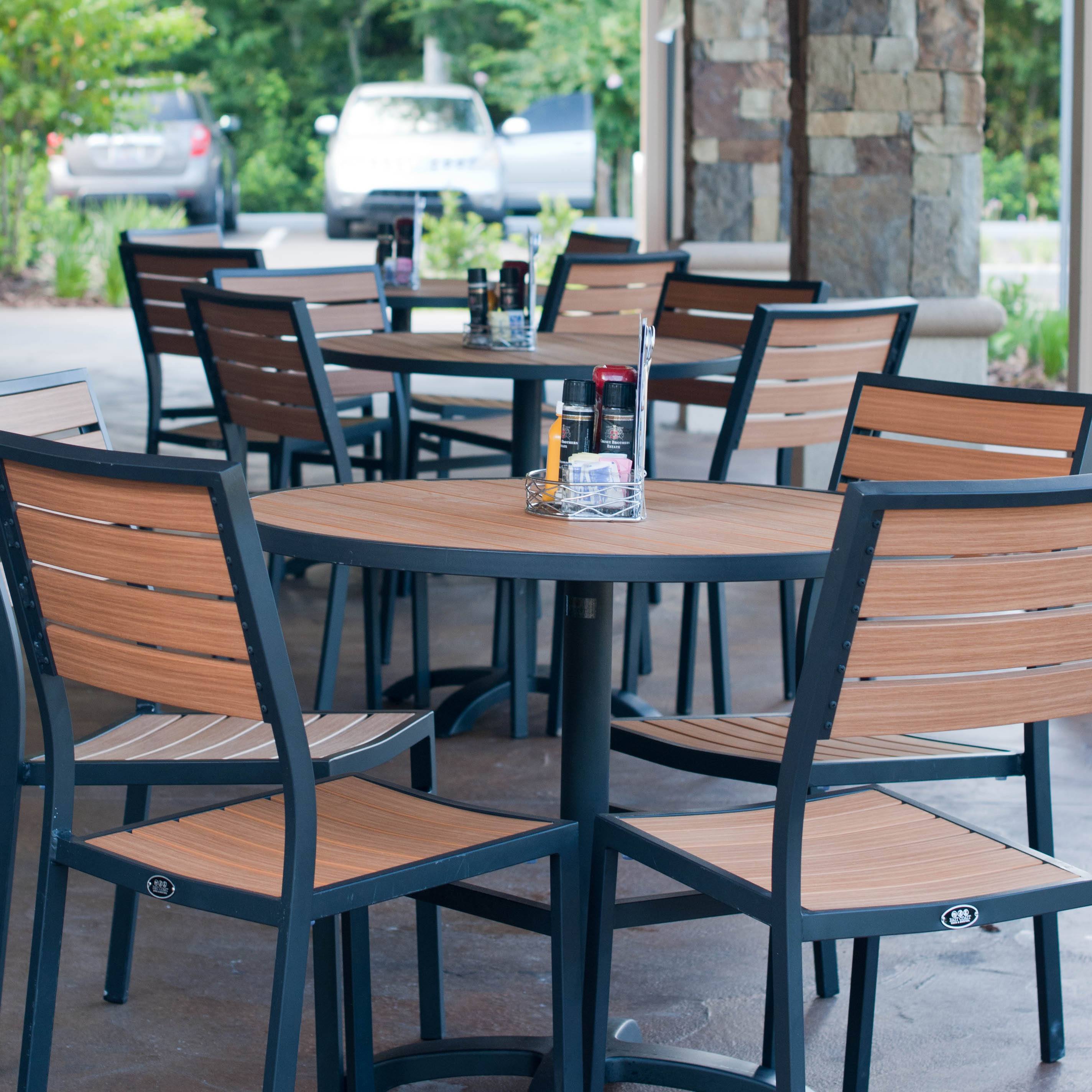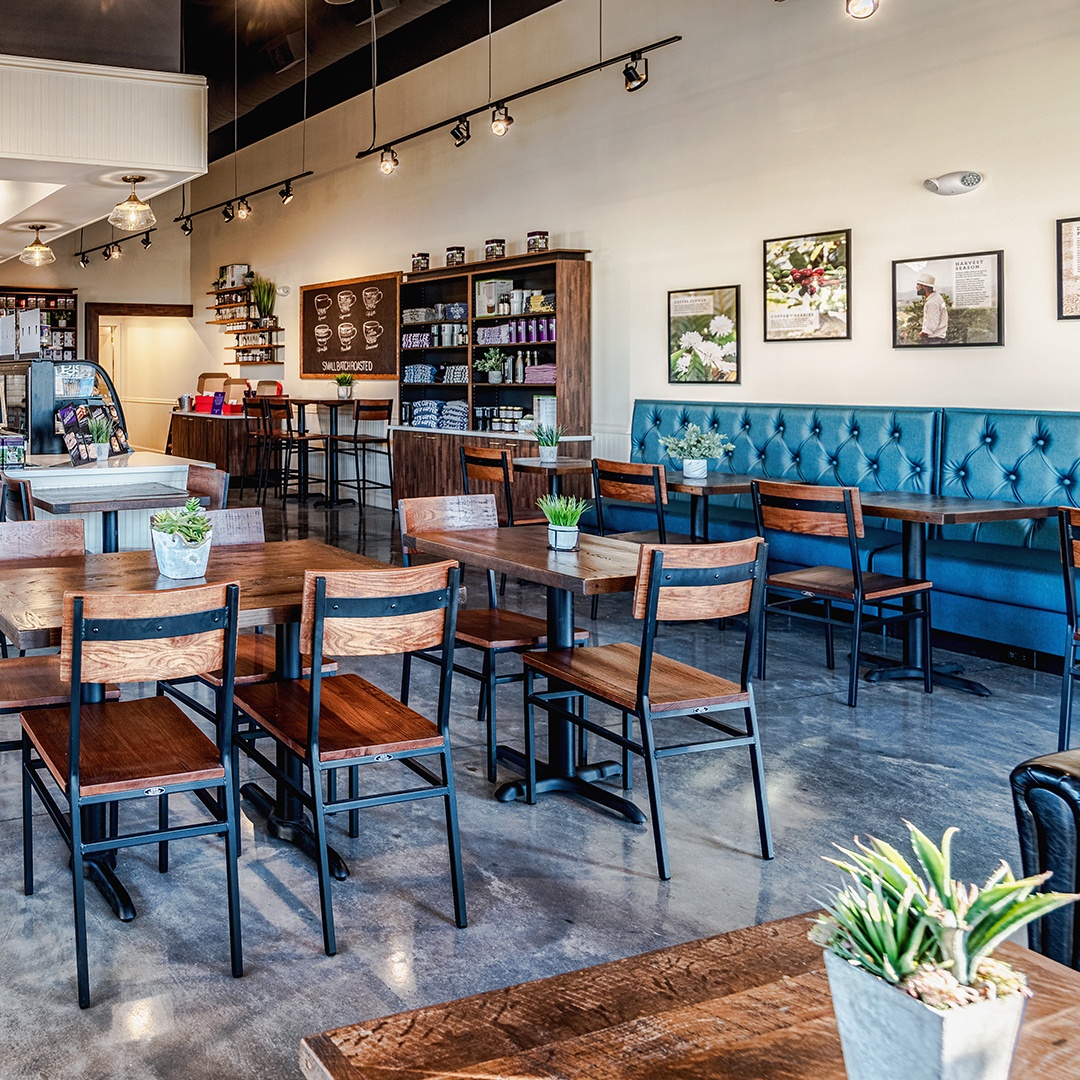How many times a day do you see blog articles pop up on social media titled “25 Most Embarrassing Food Clichés of (insert year here)”? And once your curiosity has gotten the best of you and you’ve clicked on these articles, you see a list teeming with negativity about food and restaurant trends from years gone by. While these articles can be entertaining, hindsight is always 20/20.
It’s safe to say that the restaurant industry has had plenty of changes occur from its inception, some of them better than others. “New” trends are difficult to come by in the restaurant industry, with many ideas being perfected over the years. But as restauranteurs, it’s necessary to look back on restaurant history to see what’s coming in the future.
The 1950’s
The 1950’s easily became the golden era for American restaurants. The Great Depression and war were a thing of the past and left the economy booming. This time of prosperity made it simple for other industries to flourish as well. Due to improvements in the nation’s highway system, the need for stops along interstates grew. With more and more travelers on the road, franchise restaurants became more in demand.
Many of these franchised restaurants are still popular today. In 1954, the McDonald’s restaurant we know today was bought from the original McDonald brothers and transformed into franchise gold by Ray Kroc. McDonald’s was not the first fast food restaurant, but the assembly-line system was revolutionary for fast food restaurants to come. Kroc was able to turn this humble hot dog stand into a quick and efficient franchising opportunity. McDonald’s franchise model became a beacon of success for other restaurants, like Kentucky Fried Chicken and Dairy Queen, to follow in suit.
With the highway system improvements also came advancements in the automotive industry. The 1950’s was filled with car culture; so why would restaurants be any different? While the first drive-in was opened along the Dallas-Fort Worth Highway in 1921, the 1950’s were the true heyday of drive-in diners. Serving up burgers and shakes, sometimes on skates, these diners became social hangouts for teens and families alike. The drive-in trend continued through the 1960’s and then declined with the increasing number of drive-through options in restaurants.
The 1960’s
Although processed and junk food captured much of the baby boomers’ attention, it wasn’t the only trend happening in America at the time. Steak and Ale (casual dining) began offering a salad bar buffet to guests, keeping them occupied while waiting for their dinners. Soon enough, salad bars were popping up in steakhouses all over the country as a way to customize a guest’s appetizer.
This decade was also defined by the meats served in restaurants. Most entrees at this time were focused around beef of some sort. Beef wellington, steak Diane, and Swedish meatballs were all popular beef dishes of 1960’s. In middle class restaurants, beef and lobster (or surf n’ turf) dinners were commonly seen on the menu.
At this point in history, there was an increasing emphasis on family time outside the home (vacations, a meal out, etc.). Popular restaurants of the time, Japanese steakhouse Benihana and Howard Johnson’s were often patronized by these families looking to spend quality time together and bond over dinner. In the 1960’s, dinner became more than just food and more focused on the emotions associated with it as a family.
The 1970’s
The 1970’s marked the beginning of environmentalism as the newest social cause, affecting the food and restaurant industry. Changing their tune from the 1960’s, customers wanted healthier options that were unprocessed and uncomplicated. This shift led to a rise in vegetarianism and health food stores.
At this point in time, there was a shift in gender roles. With a larger number of women in the workforce, restaurants were used as experiences with the family or a chance to get away from the preparations and cleaning up required of cooking at home. More casual-dining chains began spreading across the nation like the Cheesecake Factory and Ruby Tuesday, both opening their doors in 1972. For a quick bite, the 1970’s marked Subway’s start into franchising. Much like the fame of the McDonald’s assembly line from the 1950’s, the Subway assembly line was just as important for future restaurants in similar niches.
In finer dining, Le Cirque (New York City) opened its doors in 1974 by Sirio Maccioni and became a landmark in the city. One of the most infamous dishes to come out of Le Cirque was pasta primavera. This entrée soon became one of the most ordered items at restaurants across the country, its popularity spilling over into the 1980’s as well.
The 1980’s
Innovation ran rampant in 1980’s restaurants. Chefs were taking creative license to create new combinations and dishes, making restaurants trendy and modern. While there were many traditionalists who argued against these new methods, it was certainly an exciting time to be in the restaurant business.
Nouvelle cuisine was popular especially in finer dining establishments. Chefs worked hard to create elaborate presentations with their dishes, using the plate as a canvas. Popular New York City restaurants like Odeon and Quilted Giraffe used this style quite fervently throughout the 1980’s. Championed by chef Michel Guerard and food critics Henri Gault and Christian Millau, nouvelle cuisine allowed young chefs to be more artistic and not held to the restrictions of traditional French cooking.
Although this cooking style allowed chefs to be more creative in their practice, it ended abruptly with the stock market crash of 1987. With the largest one-day drop of the Dow Jones in history, customers expected more out of their restaurant helpings than the smaller, artistic portions of the time.
Another popular trend in the 1980’s was Cajun cooking. While other American chefs looked to other countries to inspire their dishes, chef Paul Prudhomme looked to his Louisiana roots. Prudhomme used classic Louisiana ingredients like blackened beef, crawfish, and shrimp to create exciting menu items such as Chicken and Andouille Gumbo and Cajun Jambalaya. The blackening technique became very popular in the 1980’s, being used in fish and other meat entrees.
The 1990’s
Fusion cooking was on the rise in the 1990’s. A trend, fusion cooking is the combination of different cultural dishes to create something new. Laying the ground work for this new trend, celebrity chef Wolfgang Puck served dishes that combined French and Asian influences for an interesting mixture. Items on Puck’s Chinois on Main menu included foie gras with pineapple and catfish with fried ginger.
While these dishes could be highly creative and delicious (like this Thai-inspired pizza), some chefs took it a step too far and created “con-fusion” which were unexpected flavor hybrids that didn’t complement each other well. The “con-fusion” was a result of the chefs trying to jump on the bandwagon and allow their restaurant to have the next big thing, which doesn’t always coincide with a customer’s palate. It is very difficult to specifically label certain “con-fusion” recipes as a failure because taste is extremely subjective. But something tells us that a recipe for spicy Asian green beans with blue cheese isn’t going to be our new favorite food either.
Many chefs are not a fan of the term “fusion cooking”, claiming negative connotations from the 1990’s. Even though it is still a popular cooking style in the modern world, the term fusion cooking is not normally used.
The 2000’s
At the turn of the century, America became much more conscientious about their foods. Consumers were more concerned about where their food came from, how it was processed, and what was in it. This kind of curiosity led to many consumer-driven changes that effected food suppliers, distributors, and restaurants.
Many consumers demanded more health-conscious options from all of their eateries. Even big-box retailers like Walmart were starting to offer organic options to their customers. So why wouldn’t restaurants as well? More restaurants began creating and marking healthier choices on their menus while others provided more detailed information about where the food came from. This kind of communication with the customer makes them feel more in charge and able to make more educated decisions based on the information that is provided to them.
Because consumers were aimed to obtain healthier foods (for the most part) they frequented businesses like Subway, Jamba Juice, and casual dining establishments like Applebee’s and Olive Garden. Some of the most popular foods of this decade included sushi, bacon, super fruits (blueberries, acai berries), and cupcakes. Many restaurants assimilated these flavors as a part of their core offerings.
The 2010’s
While we are 60% of the way through the 2010’s, there are still prominent restaurant trends that will have sticking power throughout the remainder of this decade.
Restaurants that offer assembly line-like service allow for customers to choose how they want their food prepared are huge right now. The customer is able to tailor their experience from station to station to have their food made exactly the way they want it. This customization ability can be seen in restaurants like Chipotle, Blaze Pizza, and even Starbucks. Speaking of Starbucks, the 2010’s are drink-crazed. Whether it is coffeehouses or microbreweries, the interest in mixology has skyrocketed. Many restaurants are not limited to regular or decaf coffee offerings anymore. Similarly, restaurants are also producing their own type of craft beer or wine. There is a certain fascination with making these concoctions because it is all about creativity, and is great for expanding your profit margins.
In urban areas where rent is astronomical and constantly changing, the newest restaurant trend isn’t to become a physical building; it’s to have a food truck. This trend has roots starting in Los Angeles with Kogi BBQ truck and chef Roy Choi. With the help of Twitter and the combination of Korean and Mexican cuisine, the Kogi BBQ truck became a success that inspired restauranteurs to take an alternative route for restaurant ownership.
If you’re looking to create something new in your restaurant, it is always helpful to look to the past for inspiration to create your future. These popular trends from the 1950’s all the way to today have their time and place in history. The restaurant industry has a cyclical nature; trends are bound to find their way around again. While the subject matter of the trends may not be your restaurant’s cup of tea, at the very least, you can get a theme night out of it!
What are some trends (modern or older) your restaurant has tried? Let us know in the comments below!






